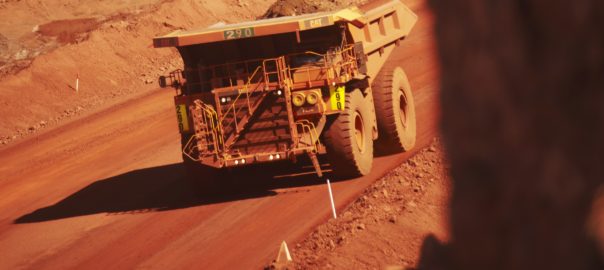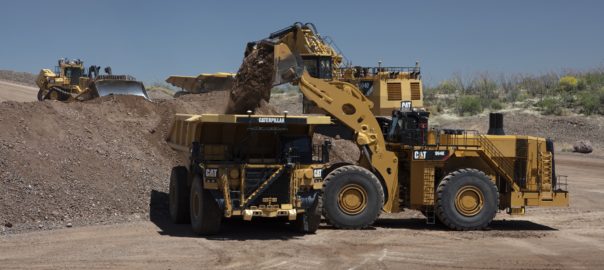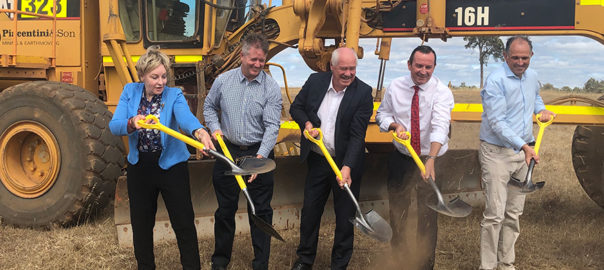IAMGold has provided an update on its majority-owned Côté gold project in Ontario, Canada, which included confirmation of a key approval and the mention of studies on implementing autonomous haulage and drilling technologies.
The late 2018 feasibility study on the project demonstrated its potential to produce 460,000 oz/y of gold at all-in sustaining costs of around $700/oz for the first six years of a 16-year mine life.
It said this week that the project has received approval for its application under Section 36 of the Fisheries Act (Canada). This is a key milestone in attaining permits relating to impacts on fish habitats and tailings management, according to the company.
Since the feasibility study was published in late 2018, IAMGold says it has been very active in “de-risking” the project.
As of the end of May, the company says it has:
- Completed additional resource and geotechnical studies, and advanced mine planning;
- Completed over 60% of detailed project engineering, including the tailings facility;
- Following this level of engineering, obtained firm bids and secure prices on all major equipment. To date, 55% of project cost has firm pricing, further reducing technical and cost risks for the project leading to a refinement in costs and metrics as IAMGold works toward a construction decision;
- Completed a pre-construction camp on the adjacent Chester site;
- Completed all tree clearing needed for initiating construction – work was carried out with a First Nations partner firm earlier in 2020, before standing down in respect of the COVID-19 pandemic;
- Carried out detailed implementation studies on technology, including automated truck haulage and drilling, and commenced discussions with regulators regarding the use of automated equipment;
- Advanced development of construction protocols in consideration of COVID-19; and
- Completed 4,700 m of drilling at the Gosselin Zone, a potential satellite pit 1.5 km northeast of Côté.
The company has also signed Impacts and Benefits Agreement with First Nations partners, approved the Environmental Assessment and Closure Plan, and advanced permitting.
The 2018 feasibility study envisaged a truck-shovel operation, assuming 220 t autonomous trucks and 34 m3 shovels, and a 36,000 t/d mineral processing circuit incorporating primary crushing, secondary crushing, tertiary high pressure grinding roll crushing, ball milling, vertical stirred milling, gravity concentration and cyanide leaching, followed by gold recovery using carbon-in-pulp, stripping and electrowinning.
Gordon Stothart, IAMGold President and CEO, said: “A key part of the future of IAMGold is our organic growth pipeline, starting with the Côté Gold Project in northern Ontario.
“The transformative impact of Côté Gold on IAMGold’s production profile and global cost structure, in addition to its long mine life in an attractive jurisdiction, establishes clear and compelling reasons for this project to proceed.
“Our current financial position supports our proposed growth plans, with over $800 million in cash on hand, access to a currently undrawn $500 million committed revolving credit facility, and expected stronger operating cash flows from our current mining operations, including anticipated contributions from Saramacca at Rosebel and steady performance from Essakane and Westwood.”
A formal decision on the construction of the Côté Gold Project will be made in conjunction with IAMGold’s partner, Sumitomo Metal Mining, given a satisfactory environment for construction to proceed with appropriate work protocols in light of COVID-19 and without risk of interruption.
IAMGold said: “The company is currently working with SMM toward a formal decision. A decision in the coming months would allow construction to commence later this year with a targeted completion date of mid-2023.”












